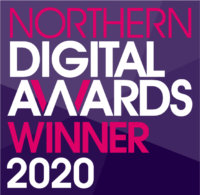The basic elements of a commercial web conferencing system are provided by Live Classroom.
Real-time audio, video, presentation, and screen sharing are among the capabilities available, and also collaboration tools such as a whiteboard,
shared notes, polls, and breakout rooms. Your sessions in the live classroom can be recorded for subsequent replay.
It expands on these fundamental qualities, and is allowing a teacher to engage pupils in learning.
A tutor, for example, can utilize Live Classroom's multi-user whiteboard to assist a student in completing a tough arithmetic issue.
All of the main learning management systems (LMS), including Canvas, Jenzabar, Moodle, Sakai, and Schoology, have built-in interfaces with Live Classroom.
- In Live classroom, there are two categories of users: viewers, and moderators.
- A viewer (usually a student) can talk, transmit, and
receive audio and video, reply to polls, exhibit an emoji (such as a raised hand), and engage in breakout sessions. - A moderator (usually the teacher) has the ability to do anything a viewer does, and more. A moderator has the ability to mute/unmute other viewers, or lock down viewers (for example, preventing them from utilizing private chat), and make anybody the current presenter. A session may have numerous moderators.
The primary benefit of live classroom tutoring/virtual office hours:
- Group cooperation in flipped classrooms Full online classes
- Whiteboard with many users
- Separate rooms
- Discussion (public and private)
- Shared notes on polling
- Emojis
- Slides should be uploaded.
- Annotate either side using the whiteboard.
- Activate or deactivate the multi-user whiteboard.
- Begin a poll
- Share a video from YouTube, Vimeo, or Canvas Studio; share their screen
- It can provide the essential functionality that you would expect from a commercial web conferencing solution.
Examine your company's potential and look for chances for further success.
AWARD-WINNING SERVICES & CAMPAIGNS




